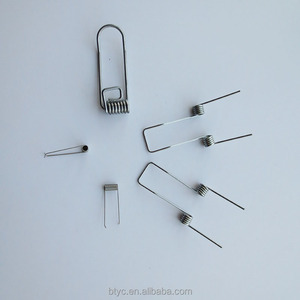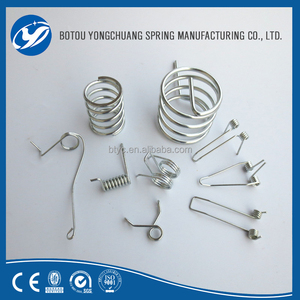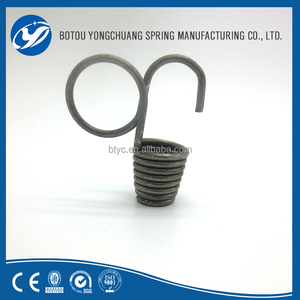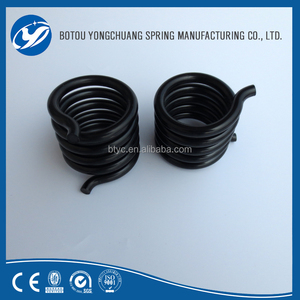Introduction to Flat Metal Springs
Flat metal springs are essential components in various mechanical systems, known for their ability to exert force and return to their original shape after deformation. These springs are typically made from high-quality metal strips that have been engineered to provide consistent performance across numerous applications. Their unique design allows them to be deployed in a variety of industries, from automotive to electronics, making them versatile and reliable assets in any assembly.
Types of Flat Metal Springs
- Leaf Springs: Primarily used in vehicles, leaf springs enhance longevity and are excellent for load distribution.
- Compression Springs: Designed to resist compressive forces, these springs are crucial in applications like automotive suspensions.
- Torsion Springs: These springs store energy when twisted and are often used in devices requiring rotational movement.
- Extension Springs: These maintain tension and resist being pulled apart; ideal for applications like shock absorbers and anchoring.
Applications of Flat Metal Springs
The range of applications for flat metal springs is expansive, with their performance characteristics meeting the demands of various industries:
- Automotive: Used in suspension systems, brakes, and various components to enhance durability and resilience.
- Electronics: Important for switches and connectors, ensuring reliable operation in devices.
- Aerospace: Employed in critical systems where weight and performance are essential, ensuring reliability under extreme conditions.
- Manufacturing: Integrated into machinery as part of clamping devices or fixtures to facilitate the operational process.
- Home Appliances: Found in items ranging from washing machines to lawnmowers, flat metal springs play a vital role in their functionality.
Advantages of Using Flat Metal Springs
Choosing flat metal springs for your applications comes with numerous benefits:
- Durability: Made from high-strength materials, these springs offer a long lifespan and can withstand continuous use.
- Space Efficiency: Their flat profile allows for compact designs, enabling more optimized layouts within products.
- Cost-Effectiveness: Owing to their longevity and reliability, flat metal springs minimize the need for frequent replacements and repairs.
- Versatile Design: They can be customized to meet specific application needs, including unique dimensions and material adjustments.
- Shock Absorption: Flat metal springs effectively dampen vibrations, improving the comfort and longevity of products in which they are used.
Conclusion
Flat metal springs are not just mechanical components; they play a significant role in the functionality and efficiency of many products across different sectors. Understanding their types, applications, and advantages enables manufacturers and engineers to select the right specifications for their unique needs, ultimately enhancing product design and performance.
















































































































































































































